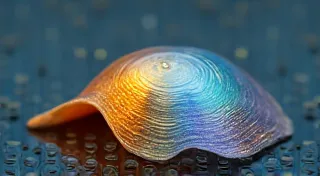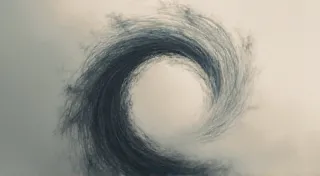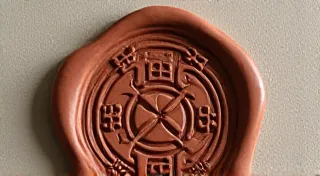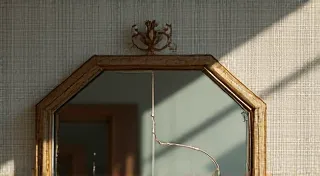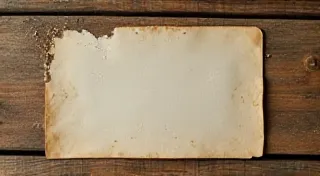Fractured Reflections: Embracing Imperfection in Etched Art
There's a particular melancholy beauty to antique bottles. They whisper of bygone eras – the hands that crafted them, the stories they held, the lives they witnessed. I'm drawn to them, not just for their historical significance, but for their vulnerability, their evidence of time’s gentle erosion. My fascination deepened when I discovered reverse glass etching, a craft that allows me to not just appreciate these fragile artifacts, but to subtly enhance their narrative – and to, surprisingly, find beauty in the imperfections that arise.
My journey into this art started much like many others – with a desire to personalize a few salvaged bottles I'd found at a flea market. I envisioned pristine, perfectly etched designs. What I encountered, however, was something far more rewarding – a lesson in letting go and embracing the unpredictable nature of the process. It’s a bit like restoring an antique accordion, really. You want to bring back its music, its life, but you can't erase its history, its wear. Those scratches, those faded bellows – they're part of its story, just as a tiny bubble trapped within the glass, or a slight imperfection in the etching, can add immeasurable character to a bottle.
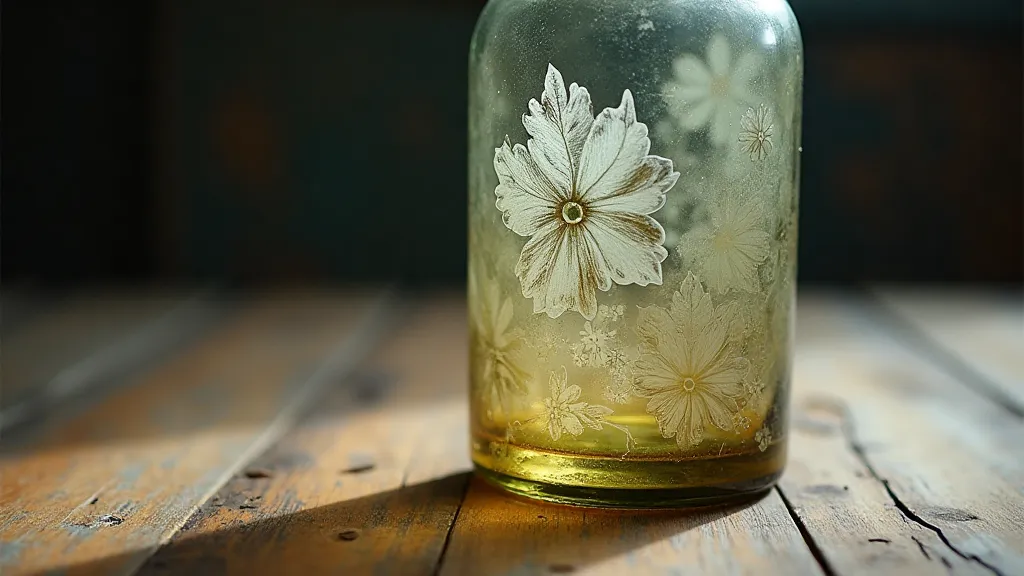
The Dance of Light and Shadow: Understanding Reverse Glass Etching
For those unfamiliar, reverse glass etching is a technique where a stencil is applied to the *inside* of a glass surface, and then etched using a chemical reaction. The process creates a frosted or textured area where the stencil was placed. It’s particularly captivating on antique bottles because it allows for designs that seem to float *within* the glass, subtly modifying how light interacts with the surface. The historical roots of the process are fascinating; while modern etching has evolved, the principles of using acid to modify glass have been employed for centuries. The results can often evoke a sense of ethereal imagery, something akin to what you might discover when exploring creating ethereal imagery in glass.
The most immediate challenge is mastering the technical aspects – properly securing the stencil, ensuring even chemical application, and precisely timing the etching process. But beyond the mechanics, it's the acceptance of the unpredictable that truly defines the art. Bubbles, variations in glass thickness, subtle scratches on the glass itself – all these influence the final result. And resisting the urge to achieve robotic precision is where the magic begins.
Embracing the 'Mistakes': A Journey of Discovery
My first few attempts were, admittedly, disasters. Over-etched sections, uneven coverage, stencils that slipped – it felt like a constant uphill battle against an inanimate material. I’m a naturally detail-oriented person, and the frustration of not achieving perfect symmetry was almost unbearable. Then, I started paying closer attention – not just to the expected outcome, but to the *process* itself. I began to see how a tiny bubble, initially deemed a flaw, created a captivating sparkle when light hit it just right. A slight over-etch, instead of being a failure, could soften an edge, adding a unique visual appeal. The enduring quality of these imperfections allows for a story to be told, almost as if evoking storytelling with etched bottles through the subtle variations.
I realized that chasing perfection was not only unrealistic but also stifling my creativity. The true beauty of reverse glass etching, particularly when applied to antique bottles, lies in its ability to reveal the character of the glass itself. It's about enhancing the existing story, not erasing it.
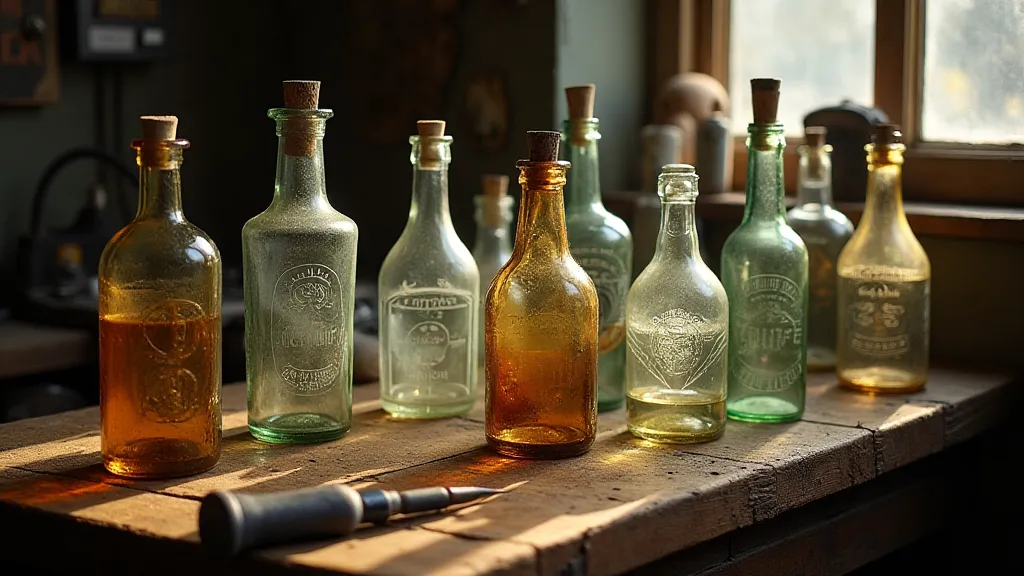
The Narrative of Imperfection: Telling Stories Through Glass
Think about an antique bottle that’s already suffered minor damage – a small chip, a faint scratch. Rather than trying to camouflage these imperfections, reverse glass etching can integrate them into the design. Perhaps a floral vine subtly weaves around the chip, transforming a flaw into a focal point. Maybe a design is strategically placed to highlight an unusual color variation in the glass. Capturing the stillness of these moments, and understanding their enduring charm, is almost like capturing the stillness of antique imagery within the glass itself.
The best pieces aren't those that are flawlessly executed; they're the ones that tell a story. They’d carry with them the quiet wisdom of time, the quiet acceptance of the inevitable. They possess an honesty and vulnerability that’s often missing from perfectly manufactured objects.
Beyond Technique: A Philosophy of Craft
Reverse glass etching on antique bottles isn't just about creating a beautiful object. It's a meditative practice, a lesson in humility, and a celebration of imperfection. It's about appreciating the beauty of the unexpected, the value of the handmade, and the stories that are etched into the very fabric of time. Transforming ordinary vessels into something truly special requires a blend of skill and reverence, much like transforming ordinary bottles into treasures.
It’s a philosophy that extends beyond the craft itself. Just like an antique accordion's faded keys, or the worn leather of a cherished journal, the 'mistakes' in our artistic endeavors often reveal more about us – our process, our journey, our unique perspective. Learning to embrace these imperfections is not just about making better art; it's about living a more fulfilling life.
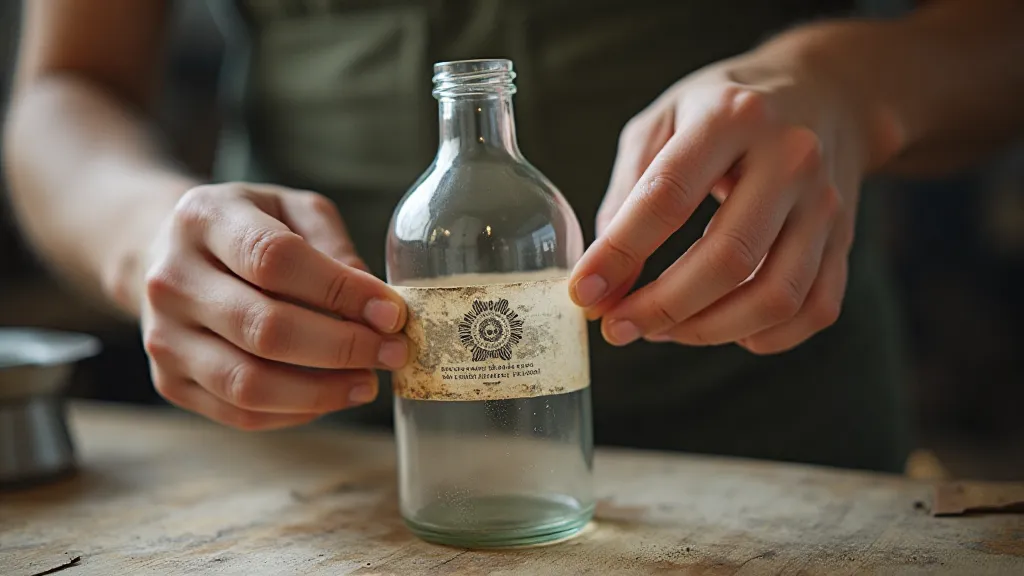
Preserving and Collecting: A Gentle Approach
For those interested in preserving and collecting antique bottles, a respectful approach is paramount. Reverse glass etching is a subtle art; it shouldn't be used to drastically alter the character of the bottle. The goal is to enhance, not to dominate. A light touch, a careful design, and a deep appreciation for the bottle's history are essential. Consider the long history of these vessels, their silent witness to countless events. This adds another layer of meaning, something deeper than mere aesthetics.
Furthermore, responsible collecting involves understanding the provenance of a bottle and respecting its heritage. Attempting to artificially enhance a bottle’s perceived value often diminishes its intrinsic worth. Genuine appreciation lies in recognizing the journey a bottle has undertaken, and understanding the stories it holds within.
The Alchemy of Light and Shadow: Deeper Considerations
The interplay of light and shadow on an etched bottle is more than just a visual phenomenon; it's a conversation between the past and the present. Each imperfection, each bubble, acts as a tiny lens, refracting and distorting the light in unexpected ways. This creates a dynamic and ever-changing display that captures the essence of the bottle's history.
It’s also worth noting the connection between glass etching and other artistic disciplines. The principles of design, composition, and color theory are all applicable to this craft. Understanding these fundamentals can elevate your etching from a simple decoration to a work of art.
Sustainability and the Art of Preservation
In an era increasingly focused on sustainability, the practice of repurposing antique bottles through reverse glass etching aligns perfectly with a more conscious approach to consumption. Rather than discarding these beautiful artifacts, we can give them new life, preserving their history while creating something unique and meaningful.
Furthermore, choosing eco-friendly etching chemicals and employing responsible waste disposal practices further minimizes the environmental impact of this art form.
The Future of Reverse Glass Etching
While rooted in tradition, reverse glass etching continues to evolve with the incorporation of new technologies and techniques. Digital stencils, laser etching, and the use of innovative chemical solutions are expanding the creative possibilities for this craft.
However, it's important to maintain a balance between innovation and respect for the traditional methods that have defined this art form for generations.
Preserving and Collecting: A Gentle Approach (Revisited)
Ultimately, the beauty of reverse glass etching on antique bottles lies not in the perfection of the outcome, but in the journey of discovery – the willingness to embrace the unexpected, to learn from our mistakes, and to find beauty in the fractured reflections of time. It's about honoring the past, celebrating the present, and inspiring future generations to appreciate the enduring power of handmade art.
